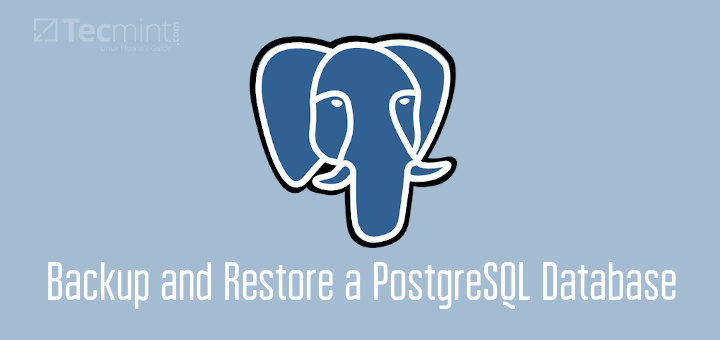<?php
class DBManage
{
var $db; // 數(shù)據(jù)庫(kù)連接
var $database; // 所用數(shù)據(jù)庫(kù)
var $sqldir; // 數(shù)據(jù)庫(kù)備份文件夾
var $record;
// 換行符
private $ds = "n";
// 存儲(chǔ)SQL的變量
public $sqlContent = "";
// 每條sql語(yǔ)句的結(jié)尾符
public $sqlEnd = ";";
/**
* 初始化
*
* @param string $host
* @param string $username
* @param string $password
* @param string $thisatabase
* @param string $charset
*/Description: The volume file ends with _v1.sql
Function: Implement mysql database volume backup, select tables for backup, and implement single sql file and volume sql import
Usage:
1. Database backup (export)-------------------------------- ----------------------------
//They are the host, user name, password, and database name respectively. , database encoding
$db = new DBManage ('localhost', 'root', 'root', 'test', 'utf8' );
//Parameter: which table to back up ( Optional), backup directory (optional, default is backup), volume size (optional, default is 2000, which is 2M)
$db->backup ();
* ------2. Database recovery (import)--------------------------------------------- -----------------------
//They are the host, user name, password, database name, and database encoding
$db = new DBManage ('localhost', 'root', 'root', 'test', 'utf8' );
//Parameter: sql file
All resources on this site are contributed by netizens or reprinted by major download sites. Please check the integrity of the software yourself! All resources on this site are for learning reference only. Please do not use them for commercial purposes. Otherwise, you will be responsible for all consequences! If there is any infringement, please contact us to delete it. Contact information: admin@php.cn
Related Article
 SQL Database Backup and Restore Methods SQL Data Backup Restore Tutorial
SQL Database Backup and Restore Methods SQL Data Backup Restore Tutorial
28 May 2025
The secrets of SQL database backup and restore have you ever thought about what will happen if your database suddenly crashes and all the data is lost? This sounds like a nightmare! But don't worry, today we will talk about how to protect your SQL database through backup and restore to make your data safe and worry-free. In my career, I once met a client who lost all data in a single hardware failure because the database was not backed up regularly. This lesson made me deeply realize the importance of backup. Today, I will share with you how to backup and restore SQL databases, and provide some experiences and techniques I have summarized in practice. First, let's start with the basic backup method. In SQLServer, backup count
 How to backup and restore database after mysql installation
How to backup and restore database after mysql installation
08 Apr 2025
There is no absolutely optimal MySQL database backup and recovery solution, and it needs to be selected based on the amount of data, business importance, RTO and RPO. 1. Logical backup (mysqldump) is simple and easy to use, suitable for small databases, but slow and huge files; 2. Physical backup (xtrabackup) is fast, suitable for large databases, but is more complicated to use. The backup strategy needs to consider the backup frequency (RPO decision), backup method (data quantity and time requirement decision) and storage location (off-site storage is more secure), and regularly test the backup and recovery process to avoid backup file corruption, permission problems, insufficient storage space, network interruption and untested issues, and ensure data security.
 How to backup and restore oracle database
How to backup and restore oracle database
11 Apr 2025
Oracle database backup can be implemented through RMAN backup, export/import utility, and logical backup (Flashback). Restore principles vary according to the backup type, including: RMAN backup and restore, export/import export and restore, logical backup (Flashback) restore. The specific restore process involves starting the RMAN connection database, restoring the backup set using the RESTORE/RECOVER command, exporting/importing files, rebuilding and permissions, and using the Flashback command to restore to a specific point in time.
 How to Backup and Restore a PostgreSQL Database
How to Backup and Restore a PostgreSQL Database
17 Jun 2025
In a production environment, no matter how large or small your PostgreSQL database may be, regular backup is an essential aspect of database management. In this article, you will learn how to backup and restore a PostgreSQL database.We assume that yo
 How to backup and restore a SQL database
How to backup and restore a SQL database
06 Jul 2025
Backing up and restoring SQL databases is a key operation to prevent data loss and system failure. 1. Use SSMS to visually back up the database, select complete and differential backup types and set a secure path; 2. Use T-SQL commands to achieve flexible backups, supporting automation and remote execution; 3. Recovering the database can be completed through SSMS or RESTOREDATABASE commands, and use WITHREPLACE and SINGLE_USER modes if necessary; 4. Pay attention to permission configuration, path access, avoid overwriting the production environment and verifying backup integrity. Mastering these methods can effectively ensure data security and business continuity.


Hot Tools

PHP library for dependency injection containers
PHP library for dependency injection containers

A collection of 50 excellent classic PHP algorithms
Classic PHP algorithm, learn excellent ideas and expand your thinking

Small PHP library for optimizing images
Small PHP library for optimizing images




